Coastal Breezes and surfing go hand in hand, as they have a direct effect on surfing. Learn more in this post.
From Las Dunas Surf Resort we always emphasize in teaching surfing the importance of knowing how to read the environment before starting a surf session. Today we will talk about an important topic: Coastal Breezes.
Coastal Breezes and surfing:
The local winds affect or condition in an important way the quality of the waves at the break. The Onshore winds (sea-land direction) worsen the quality of the waves.
In comparison to OffShore waves (Land-Sea Direction). That allows more orderly and cleaner waves.
What is the local wind?
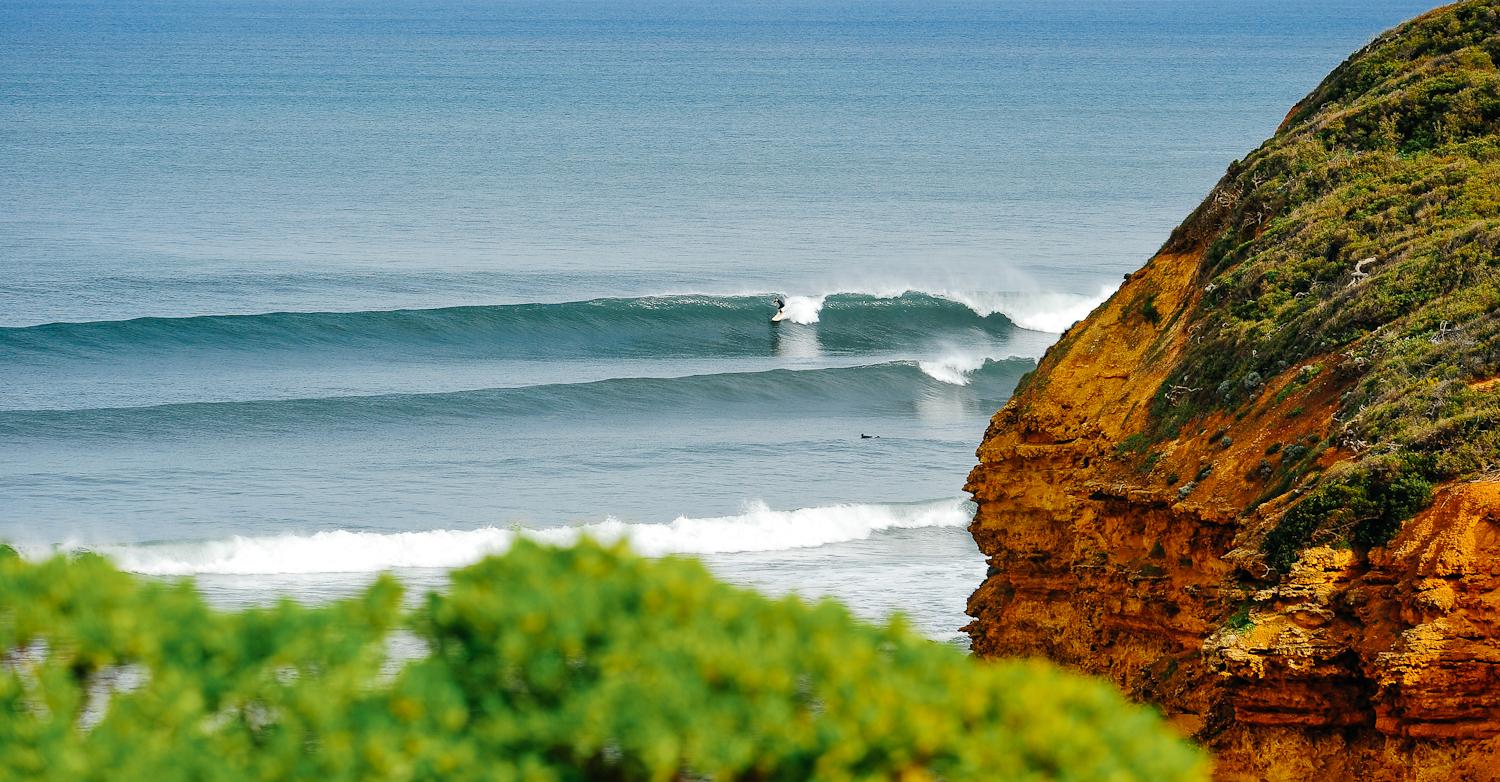
It is the one that blows in the coastal zone up to 5 to 10 km offshore in the surf spot. The wind that we usually find in the surf spots usually has 2 origins:
1. Winds associated with High and Low pressure centers:
They are known as Synoptic Winds. They are those that are usually interpreted for meteorological and regional scale models.
2. Thermal winds:
This winds are also known as thermal breezes, these are associated with the temperature differences that exist between the land and the sea in the coastal area.
In order to identify the type of wind and how it affects us, a fundamental tool is used: A map.
The map of Isobaras in surface.
This map have represented certain lines that unite the points of equal atmospheric pressure on the surface. This allows us to visualize the centers of high and low pressure on a large scale.
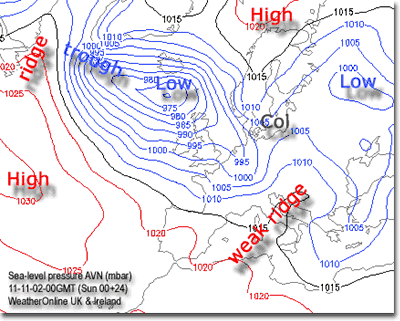
How do coastal breezes work?
They arise from the differences in temperature of the air that comes into contact with the sea and land of the surf spot.
Due to the different heat capacities of the land and the sea, and that means, the ability to accumulate and release heat.
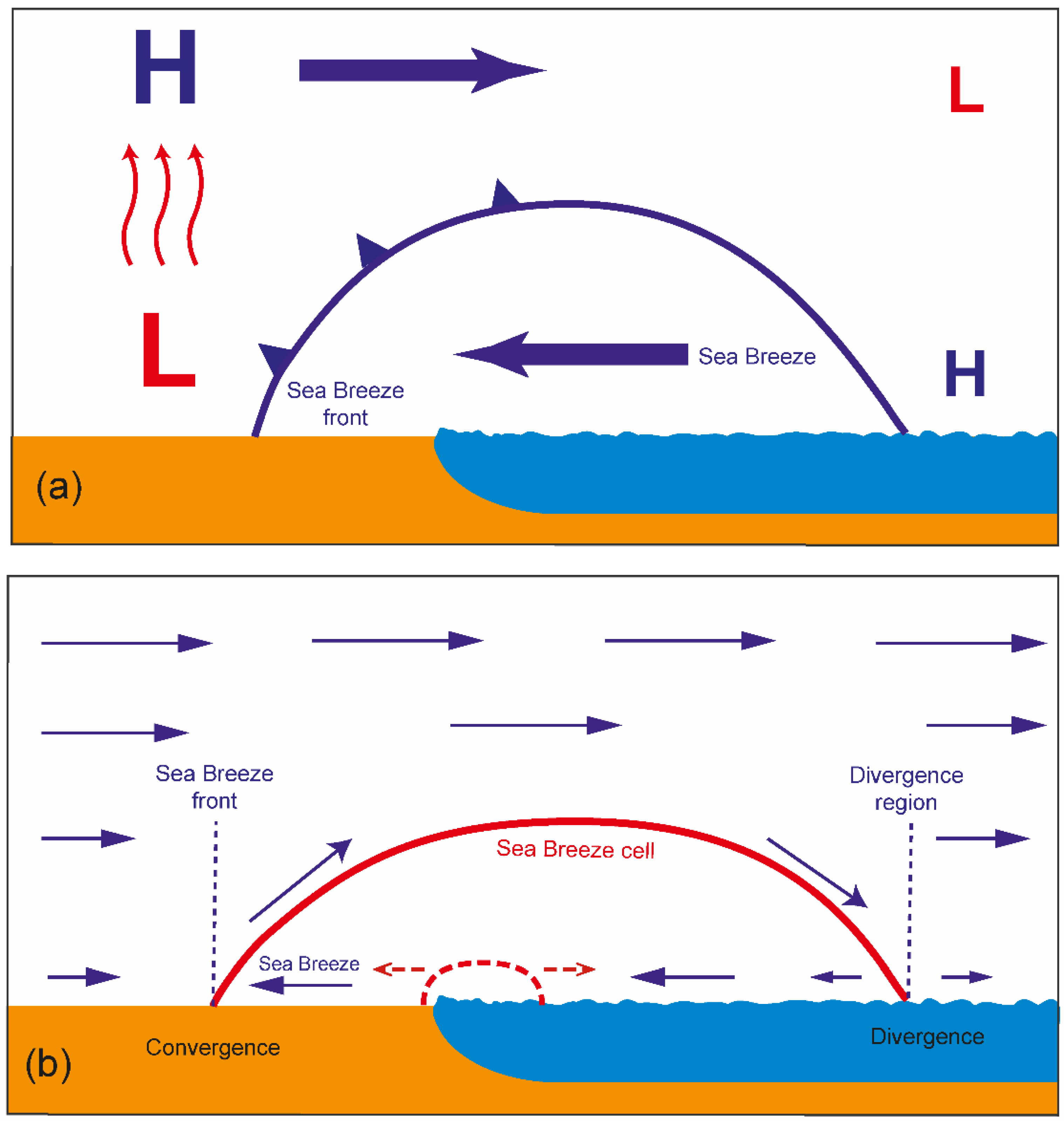
This makes it possible to establish the different temperatures in the layers of air above the land. The mechanism of breezes depends strictly on temperature, measured by latitudes:
Tropical latitudes:
Around the equatorial zone goes between 23° north to 23° south. While the subtropical ones go up to 45° north and 45° south. Winds here are regular throughout the year.
Higher latitudes:
Those greater than 45°, here the coastal breezes usually work exclusively in the epode of greater insolation (Spring-Summer).
Natural clock:
Generally during the day the wind from sea to land, the Onshore breeze, is established. While at night the mechanism is reversed. The wind here generally blows with less intensity in the land-sea direction.
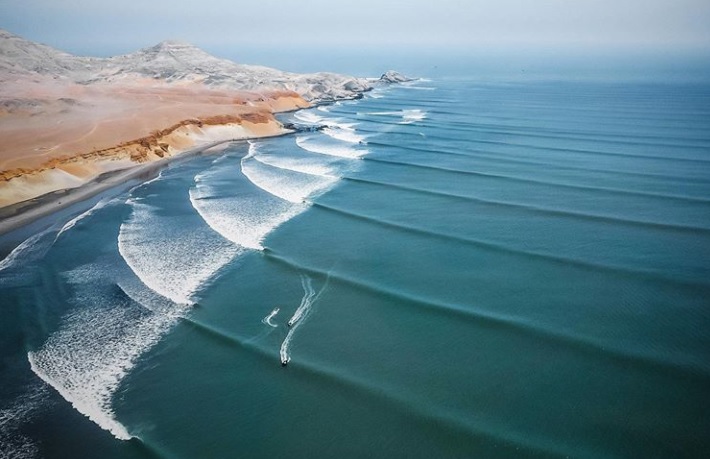
What is the mechanism of operation?
Two concepts appear here: Vertical circulations (the ascending and descending breezes). And the horizontal circulations (those from sea to land on the surface and from land to sea in height).
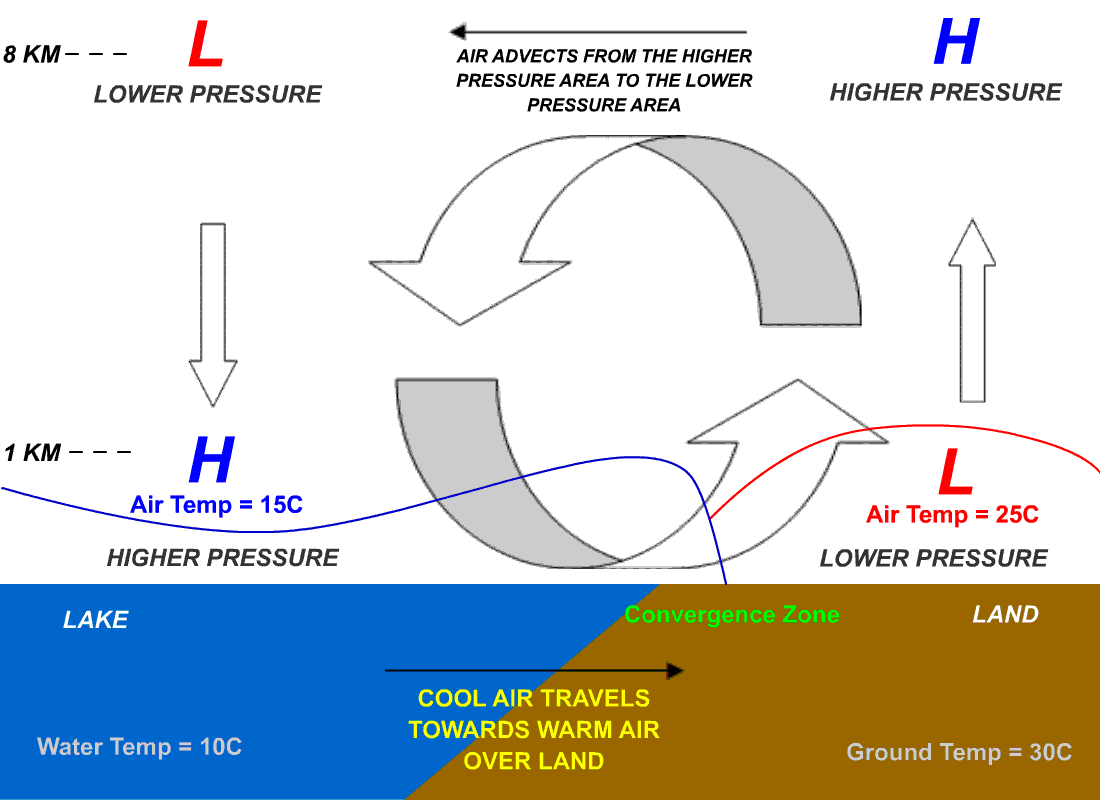
The sea breeze on the coast, is established as part of the closed circulation known as thermal cell. Its origin comes from the temperature differences between the sea and the land.
As the sun rises, it warms both the sea and the land. The land surface accumulates heat much faster than the water. As the air over the water warms, it rises less dense and lighter.
Pressure of thermal origin
As air rises above the earth, it forms what is known as thermal source pressure. On the one hand, it drives the sea breeze from the sea to the land. And on the other hand, the return current at an altitude of 1000 to 1500 meters above sea level.
To sum up:
On the subject of coastal breeze and surf, several aspects stand out: The local wind, tides and bathymetry. And factors related to the type of seabed, which enable the waves (height, period and direction).
From Las Dunas Surf Resort we offer incredible Retreats where you can live a wonderful surf and yoga experience.

We are located in Aposentillo beach in Nicaragua, one of the most important surf spots in the country.
Come and live the Las Dunas experience!
